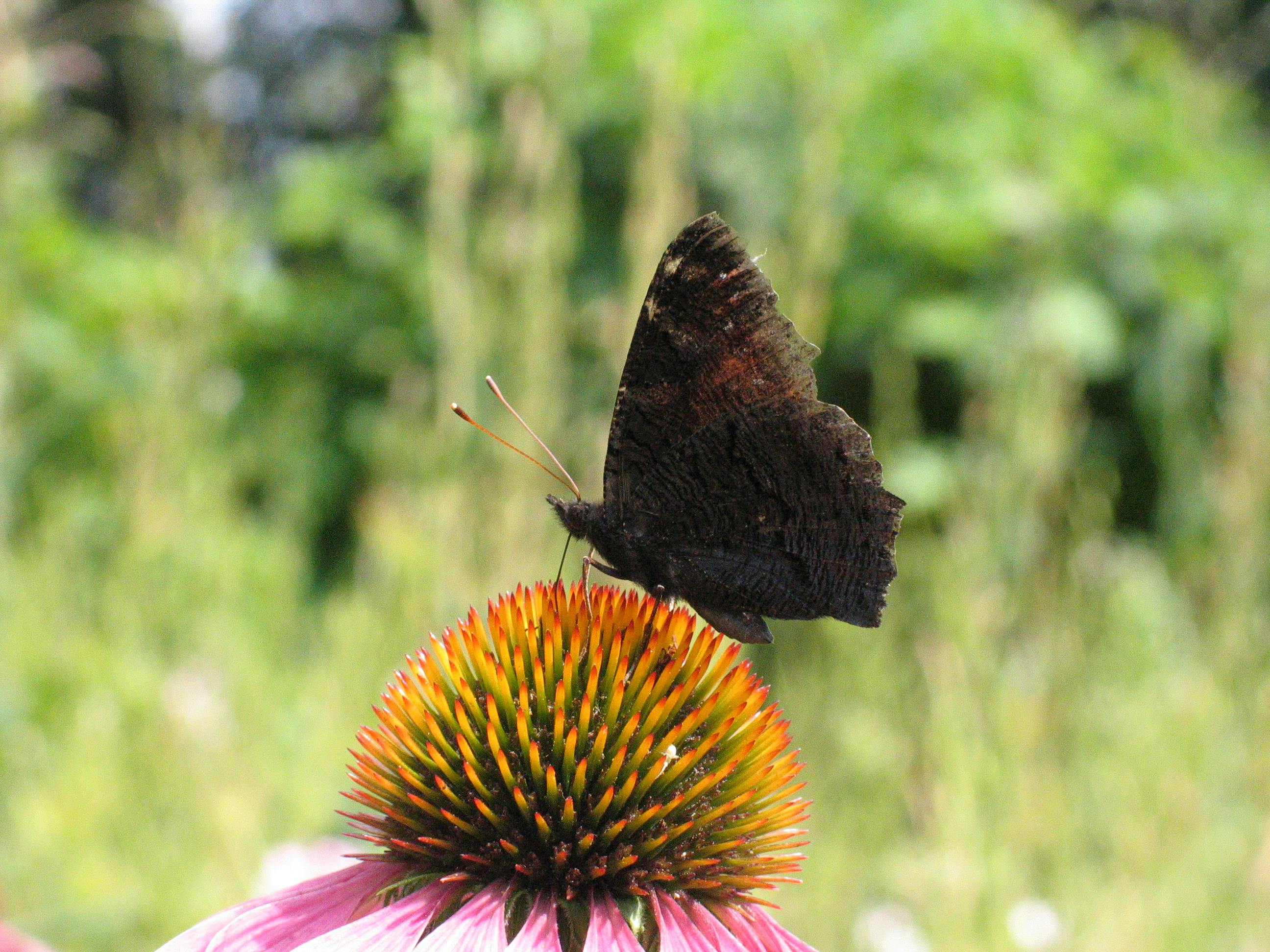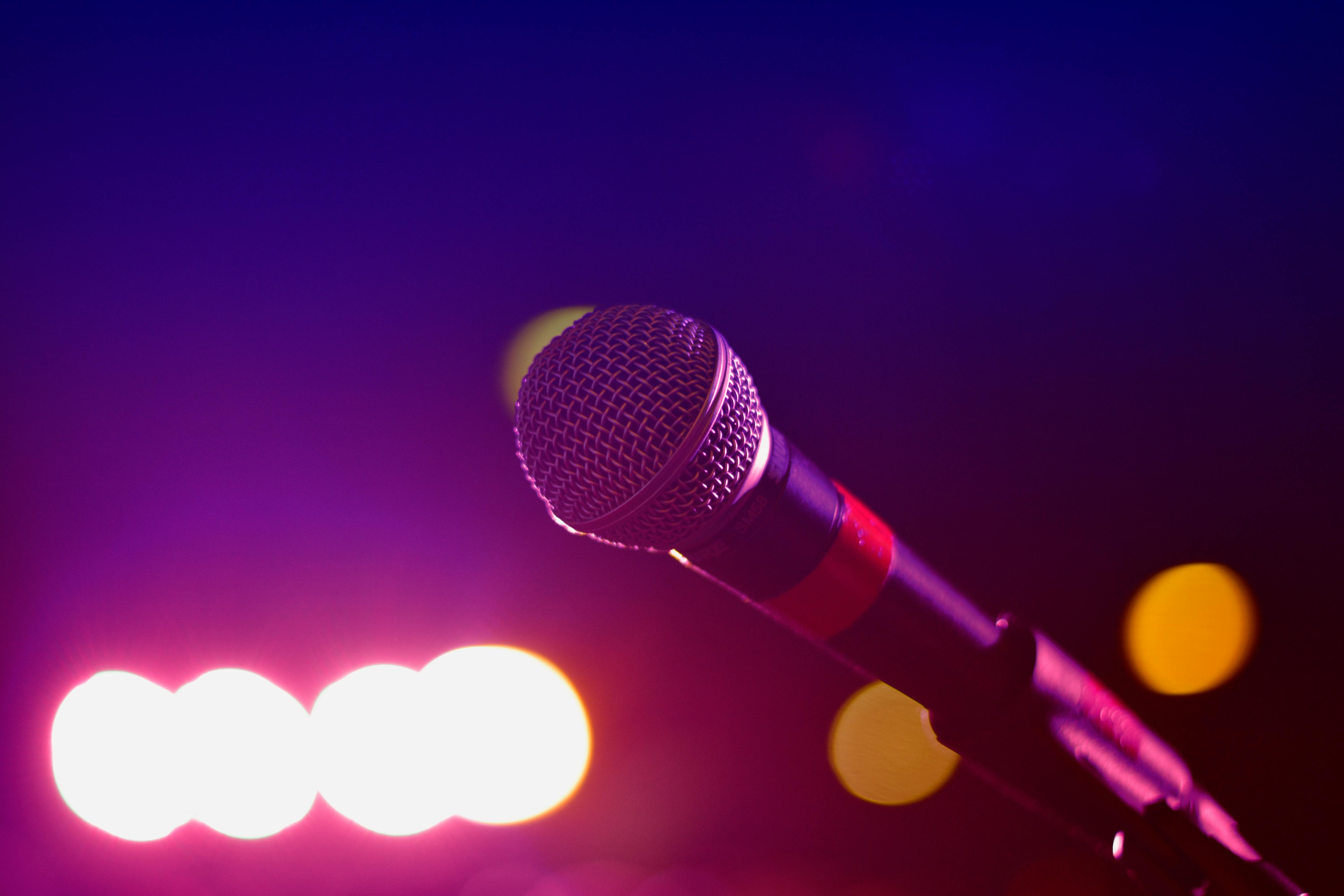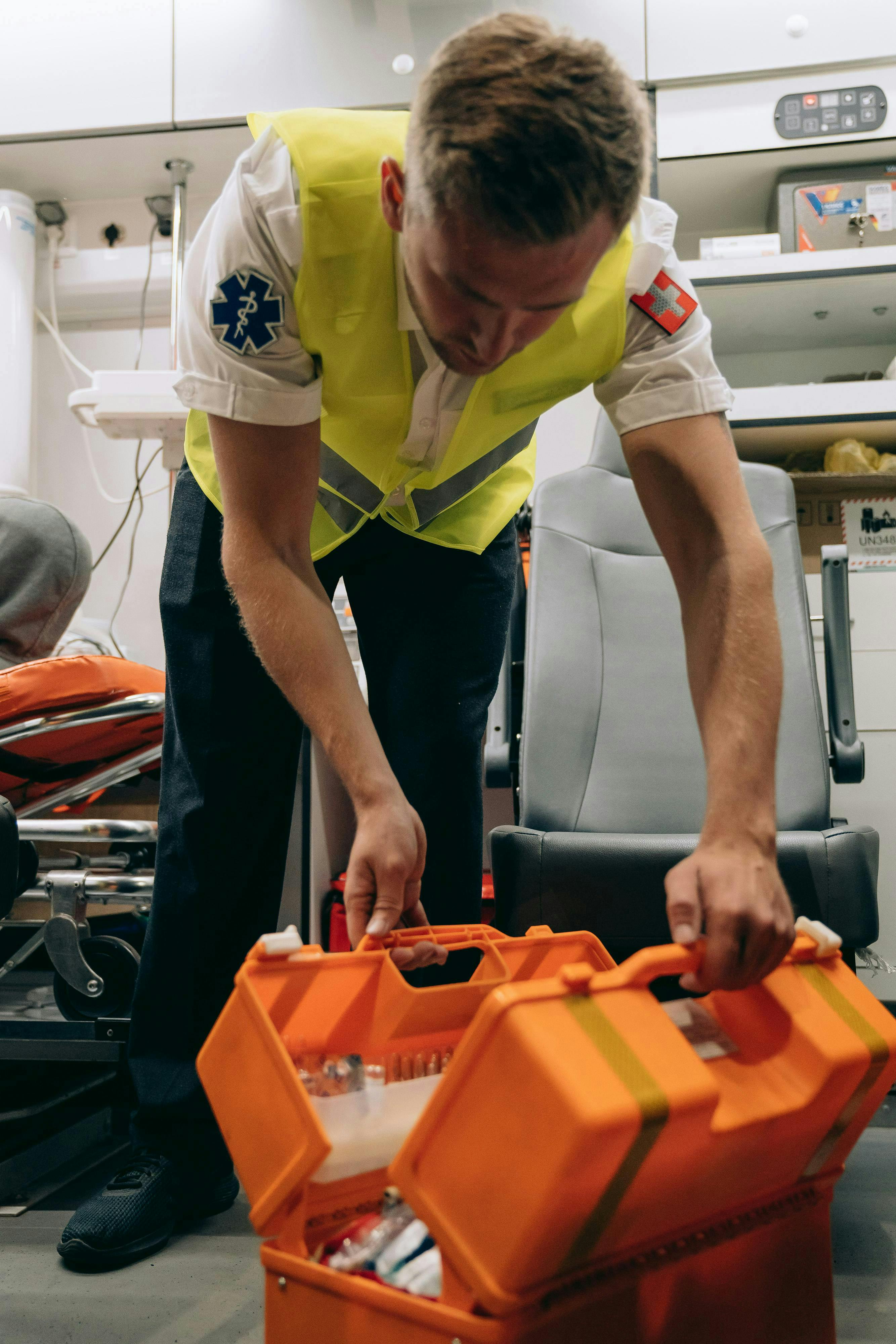Smart Ways to Choose the Best Tank Size for Pea Puffers in 2025

Top 5 Ideal Tank Sizes for Pea Puffers: Essential Guide for 2025
Pea Puffers, also known as Carinotetraodon travancoricus, are undoubtedly one of the most delightful species for aquatic enthusiasts. These small freshwater puffers are characterized by their vibrant colors and playful behavior, making them a perfect choice for both novice and experienced fish keepers. Understanding the ideal tank sizes and setups for these charming little fish is crucial to ensure they thrive in captivity. In this comprehensive guide, we will explore the optimal tank sizes, environmental conditions, and essential care tips for pea puffers, so you can create a healthy habitat for your aquatic pets.
Providing the right tank environment is not just about the size; it encompasses a variety of factors, including water conditions, tank mates, and the overall aquarium layout. With pea puffers exhibiting unique behaviors and dietary requirements, having the correct setup is essential to prevent stress and aggression in these fascinating fish. Throughout this article, we will examine five recommended tank sizes for keeping pea puffers, delving into specific setups and care guidelines for each. Here’s what we’ll cover:
- The recommended tank sizes for different combinations of pea puffers.
- Essential ingredients for a thriving pea puffer habitat.
- Insights into tank dimensions and their impact on puffer behavior.
By the end of this guide, you'll have the knowledge to choose the best tank size for your pea puffers, ensuring they lead a healthy and happy life.

Understanding Pea Puffer Fish Requirements
Before diving into the specifics of tank sizes, it’s vital to grasp the fundamental requirements of pea puffers. As a species, they are known for their sociability and intriguing behaviors, but they also require meticulous care to thrive.
Tank Size Recommendations
When considering the ideal tank size for pea puffers, most experts recommend a minimum of 10 gallons for a single individual. However, keeping them in a smaller community can motivate you to consider larger tanks. A pair of pea puffers, for instance, would ideally need at least a 20-gallon tank to prevent territorial aggression and stress.
Pea Puffer Compatibility Chart
Understanding which fish can coexist with pea puffers is crucial. They can display aggression towards smaller fish and may nip at fins. Therefore, selecting compatible tank mates, such as larger tetras or rasboras, can enhance the overall harmony of the aquarium.
Environmental Needs for Happy Puffers
Pea puffers hail from slow-moving rivers and streams. To replicate their natural habitat, ensure the tank has plenty of hiding spots, such as caves and plants. Floating and rooted plants can help create a secure environment that intervenes in their natural instincts to feel safe while swimming.
Building on these fundamentals, let's explore the impact of tank dimensions on the well-being and behavior of pea puffer fish.
Top 5 Ideal Tank Sizes for Pea Puffers
As previously stated, the size of the tank is among the most critical factors in the care of pea puffers. Here are our top five recommended tank sizes, along with their specific benefits and suggestions for setup.
10-Gallon Tank for Solitary Pea Puffer
A 10-gallon tank serves as an appropriate placement for a single pea puffer. This size allows sufficient swimming space, while also accommodating essential equipment like filtration systems and heating elements. It's essential to provide plants and decorations that mimic the natural habitat.
15-Gallon Setups for Pairs of Pea Puffers
If you're looking to keep a pair of pea puffers, consider a 15-gallon aquarium. This size not only minimizes aggression but also provides them with adequate space to roam. Utilize a gentle filtration system and maintain optimal water parameters to enhance their quality of life.
20-Gallon Tank for a Small Community
A 20-gallon tank provides a fantastic community setup for 3-4 pea puffers. It allows multiple hiding spots and swimming paths, creating a dynamic environment. This size also has room for compatible tank mates, increasing biodiversity and interaction. Include a selection of soft, live plants to enrich their living conditions.
30-Gallon Tank for Diverse Community Tanks
A 30-gallon tank sets the stage for a more diverse community, introducing a variety of compatible fish along with your pea puffers. To facilitate their interactions, ensure plenty of hiding spaces and swimming areas to reduce potential territorial disputes. Keep an eye on water quality as biological filtration becomes crucial due to the increased bioload.
40-Gallon and Larger Tanks for Advanced Keepers
For enthusiasts interested in mixing species or offering ample space for multiple pea puffers, a 40-gallon or larger tank is ideal. This size lends itself to advanced aquascaping, featuring larger groups of fish, numerous plants, and opportunities for breeding setups. It's vital to manage water parameters effectively and choose plants and decorations that can survive puffer playfulness!

Key Considerations for Pea Puffer Tank Setup
Once you've selected the right tank size, it's important to consider various aspects of your tank setup that contribute to a stable environment for your pea puffers.
Water Quality for Pea Puffers
Maintaining optimal water parameters is central to the health of your pea puffers. They thrive in soft, slightly acidic water, ideally within the 6.5 to 7.5 pH range. Frequent water changes and quality testing will ensure your pea puffer tank remains in excellent condition.
Suitable Tank Decorations
Decorations play a substantial role in your pea puffer's happiness. Opt for sturdy decorations that can withstand their nibbling and be cautious about sharp objects that could harm their soft bodies. Ensure that your tank design facilitates plenty of hiding spots to help reduce stress.
Maintaining Tank Conditions
Effective tank maintenance routines are essential for any sustainable aquarium. This includes performing regular water changes, testing water parameters, and cleaning the tank equipment to ensure an efficient filtration system. Documenting your care activities can help in establishing a healthy ecosystem.
Following these setup guidelines will set the stage for a successful pea puffer aquarium. Next, let’s discuss their diet and feeding habits to further enhance their care.
Feeding and Diet Requirements for Pea Puffers
A healthy diet is critical for pea puffer fish, affecting their growth and overall well-being. Understanding their dietary needs helps in maintaining vibrant and active fish.
Feeding Pea Puffers in Aquariums
Pea puffers are carnivorous. They require a varied diet including live foods, frozen foods, and high-quality pellets specifically designed for puffers. These food types help support their health while ensuring they receive a balanced intake of nutrients.
Pea Puffer Feeding Schedule
To promote optimal health, consider a feeding frequency of 1-2 times a day. Keeping portions small and monitoring their appetite will allow for effective waste management and water quality maintenance in your tank.
Common Dietary Issues in Pea Puffers
One of the most prevalent health issues for pea puffers arises from overfeeding. This can lead to obesity and water quality degradation due to excess waste. Always observe their behavior around feeding time to ensure appropriate consumption levels.
Final Thoughts on the Pea Puffer Tank Setup
Setting up an ideal tank for your pea puffers involves understanding their specific requirements and behaviors. By following the recommendations in this guide, you can create a healthy environment that promotes thriving puffers. Adhering to the ideal tank sizes, appropriate sources of nutrition, and ensuring stable water conditions all contribute to a sustainable aquarium.
For detailed care tips, visit this pea puffer care guide or explore more about their tank mates at this pea puffer compatibility chart.
With a bit of dedication, your pea puffers will not only thrive but also become a captivating centerpiece in your aquarium. Enjoy creating and nurturing a healthy habitat!